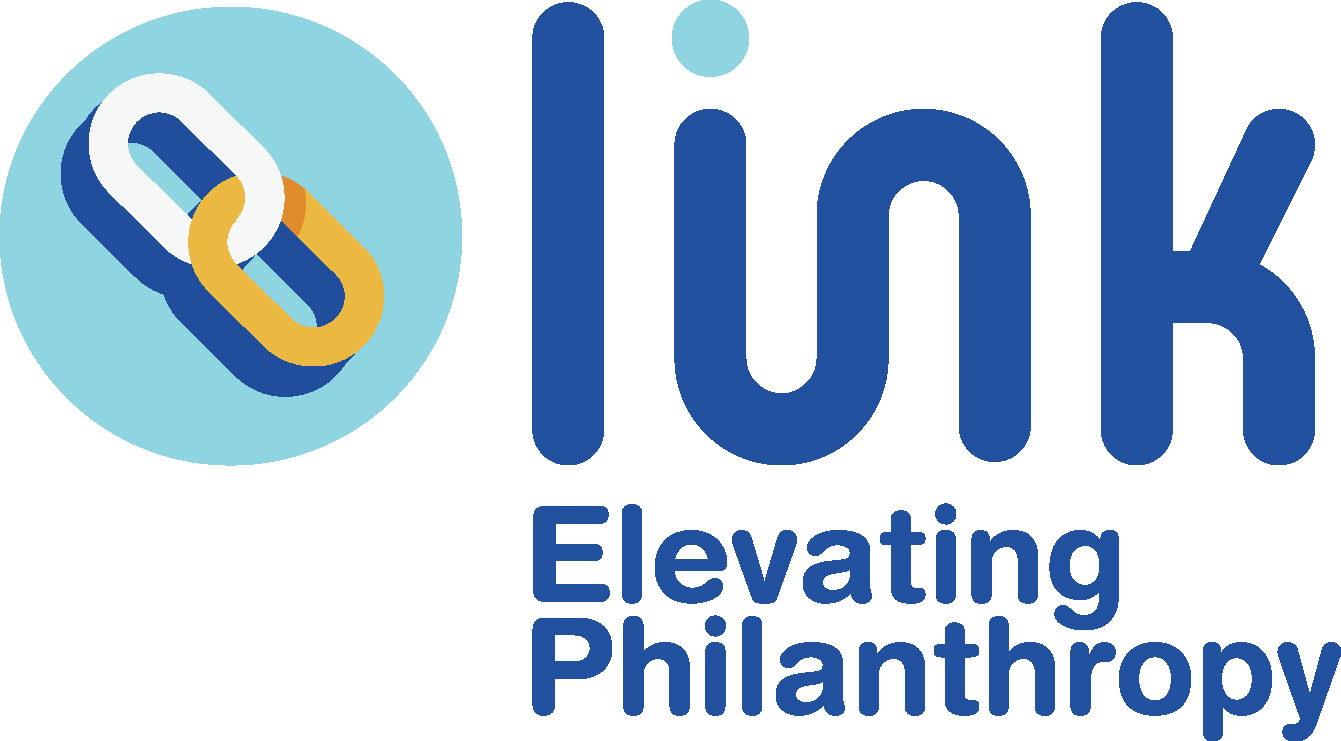How I Got My Start In Planned Giving
Do people often ask you how you started to do what you do for a living?
I get that question all the time. I think it is because I made a transition from a traditional job (attorney) to working in planned giving (which, quite frankly, not many people outside of the non-profit world know about). My journey was one of both inspiration and perspiration. I thought I would share it with my readers so perhaps you get to know me better, but also to either inspire people to follow their passions, and show also that planned giving (or, legacy giving) is an incredible path to take to invest in yourself, your organization and the community you impact.
I think the first thoughts about working in the nonprofit sector came to me while I was in law school. I told my parents that I wanted to practice law for 5 years and then work for Planned Parenthood. I didn’t know what I wanted to do at Planned Parenthood, but that was the first feeling I had that I wanted to connect my career with my values.
Fast forward a miserable 6 years later, I was still doing litigation. I spent a year exploring options for how a lawyer could work in the nonprofit sector, but mostly things I came across were practicing law inside an organization, and I didn’t want that. I didn’t know what I wanted, but I knew I didn’t want to practice law traditionally. I met with everyone that worked in the nonprofit fields – many were friends of friends that were kind enough to have a coffee with me and tell me about their job and other opportunities that may fit me.
Luckily I met with a CFO of a large performing arts center and she flat out said “you should be doing planned giving” – I said great! Do you have anyone at this organization that does that so I can explore that option? Unfortunately, that organization was fairly new and didn’t do planned giving yet as they were still building their annual campaign. She suggested that I speak with the folks at her previous job that had a mature planned giving department. Well, the rest is history – I went in for an informational interview and didn’t realize they had an open position. I was offered a job as a planned giving associate, staying there for 6 years and becoming the Associate Director of the department and its legacy endowment campaign. When I would interview candidates for open positions I must have radiated enthusiasm as one interviewee commented that I look so happy in this field. I replied, yes, I love what I do, but I couldn’t do it for just any organization. It’s true. Like our donors, we need to feel a connection to the organization.
Planned giving allowed me to use my legal skills, but also to work with finance, marketing, and donor relations. I felt like it used all areas of my brain! It also allowed me to see the impact of making this type of gift has not only on the organization but the donor as well. Truly transformational.
That is around the time I started to teach planned giving. I trained staff and lay leaders, taught the planned giving course at NYU, and took on some other speaking engagements. My goal was to encourage as many fundraisers as I could reach to incorporate legacy giving tools into the work they are doing already.
So that is where I started, and of course, I have had a few more stops along the way to where I am now. The current part of my journey is to work with many nonprofit professionals to help them invest in themselves and their organizations by using planned giving tools to make a bigger impact. As nonprofit professionals, such as fundraisers and executive directors, we look to sustain our successes and seek new ways to grow in the future. Planned giving is very much an ingredient to that success.
So, I never made it over to Planned Parenthood but have worked with many other incredible charitable organizations, and continue to do so in my consulting and training business.
My story may be similar to yours – What is your story? How did you get your start and why are you interested in planned giving?


